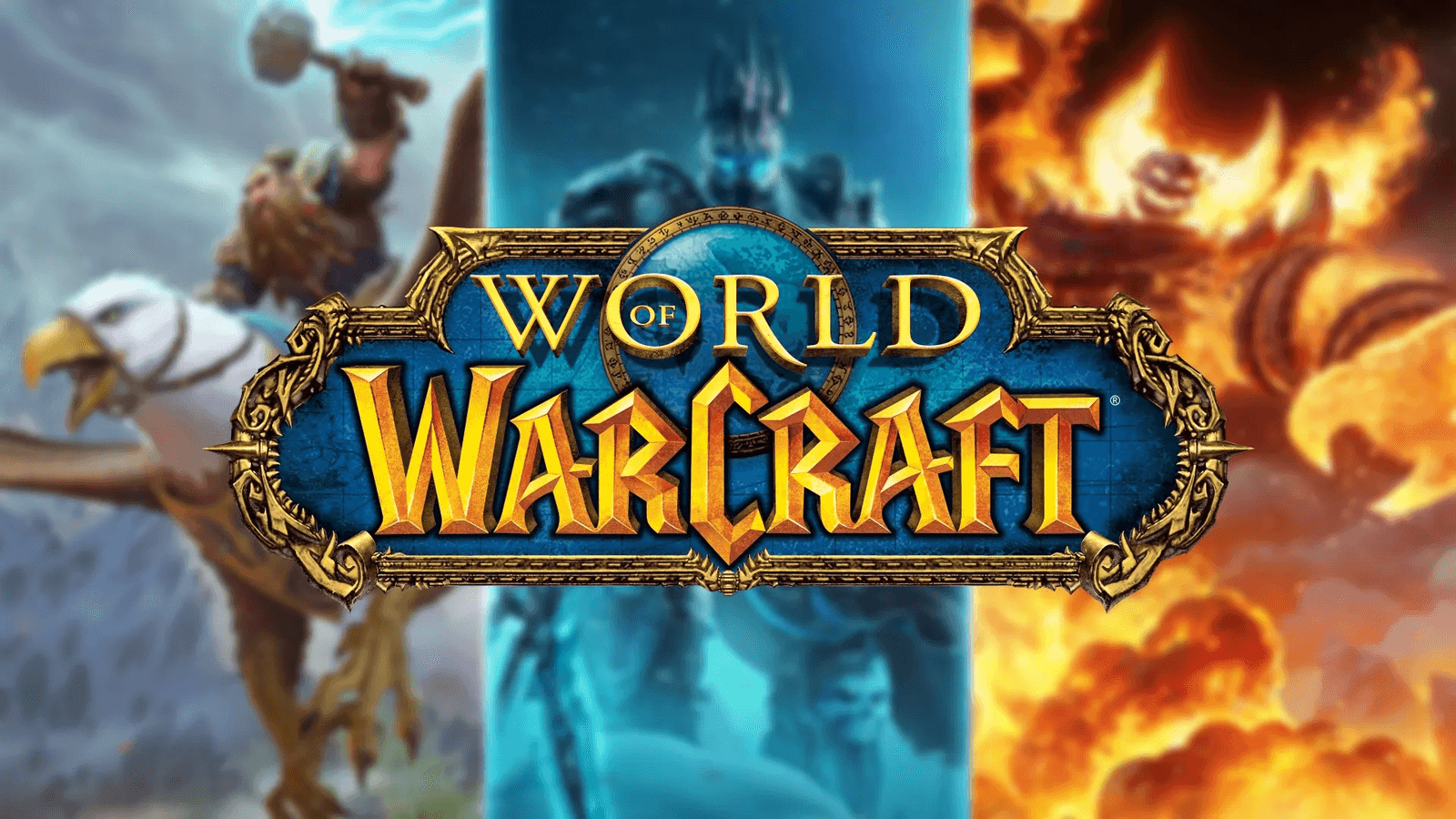

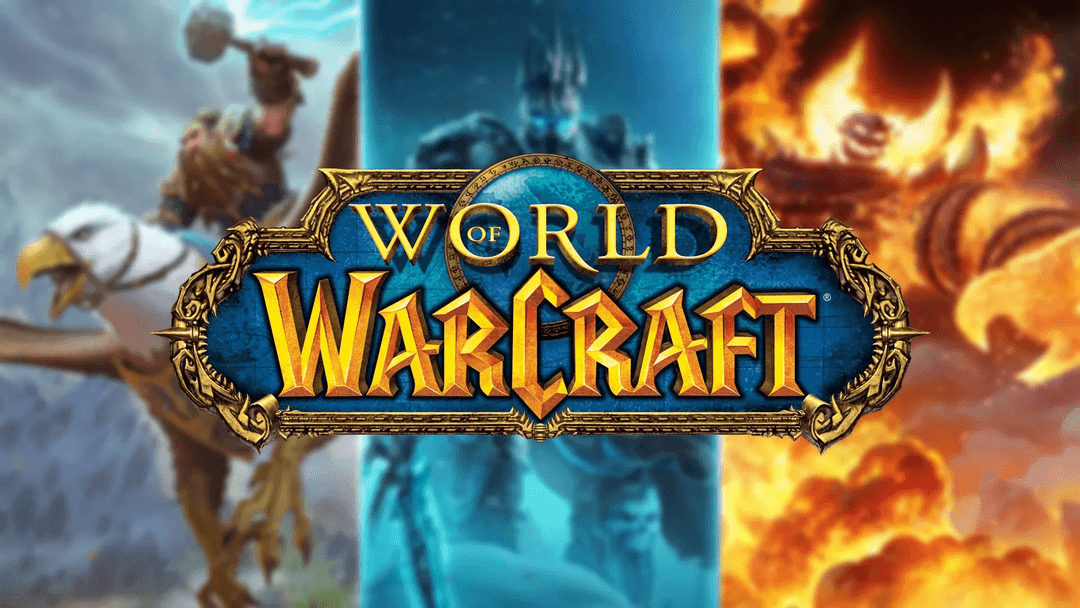
The first few hours spent on WoW don’t feel hard. You pick a race, pick a class, drop into a zone, and start swinging at boars. One moment you’re collecting pelts, the next you're being asked to navigate talent builds, gear upgrades, reputation grinds, dungeon roles, and a sea of acronyms no one stops to explain.
The early game doesn't prepare you for how much tracking the game expects once the real systems open up. Combat feels simple during leveling, but that’s only because it’s paced to teach one button at a time.
Once dungeons come into play, the role you picked at character creation starts to matter. Tanks have to hold aggro without overpulling. Healers keep everyone alive without running dry. DPS needs to maximize damage without pulling threat or standing in the wrong zone.
Some players don’t realize they’re the problem until the group wipes and the vote kick screen opens. Still, as one of the most worth-playing games, let’s see if WoW is hard to learn and why.
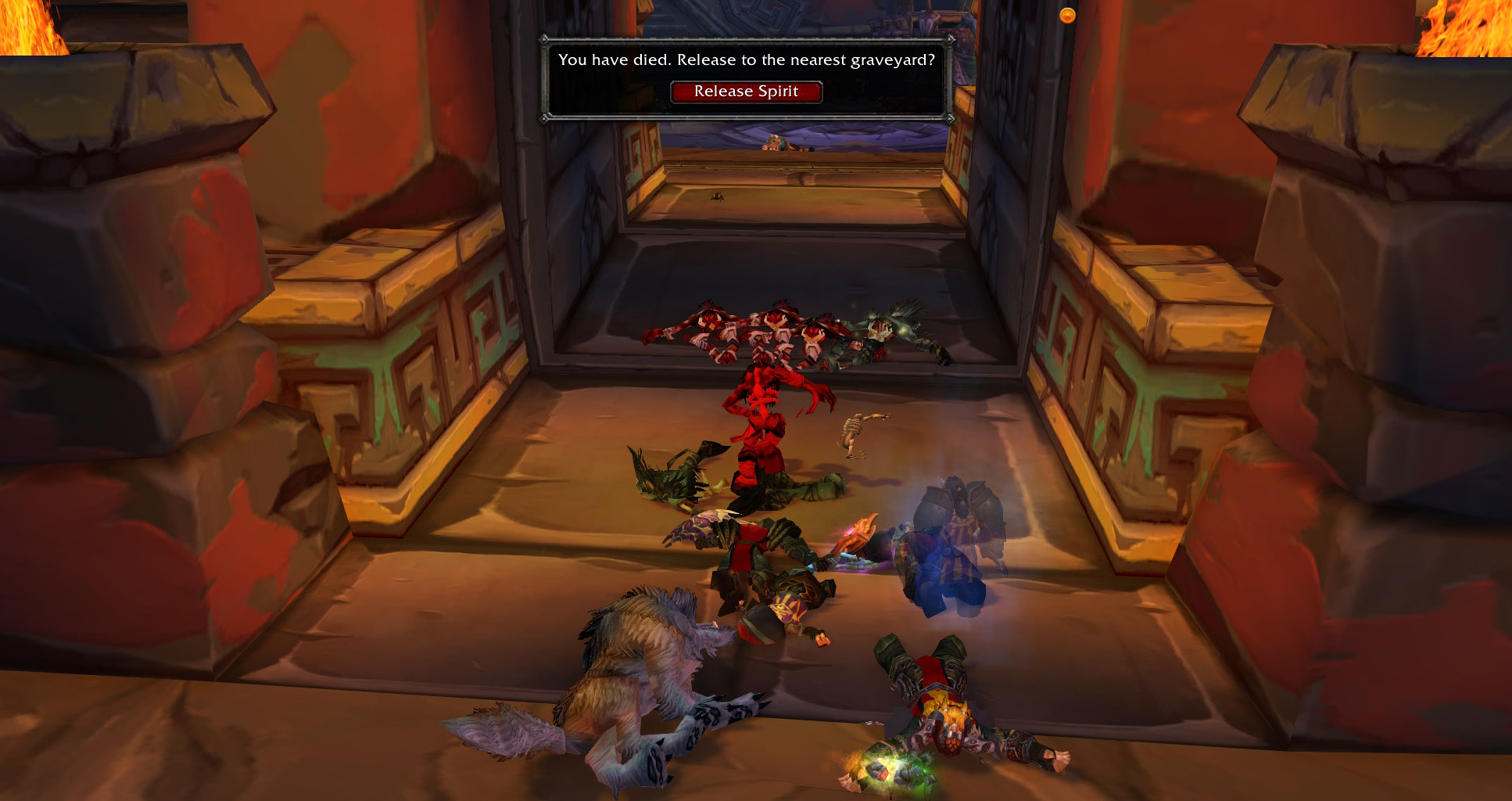
Solo leveling gives the illusion of mastery, but group content demands more awareness than most MMOs. Positioning, interrupts, crowd control, and cooldown timing never get introduced in a clean tutorial.
The only feedback is success or failure, and even then, it’s easy to misread. A boss kill might come down to one player carrying the mechanics while the others barely follow. Without outside tools or someone explaining what went wrong, the learning stalls.
Raiding amplifies this tenfold. Fights require coordination across voice comms, split-second reactions, and full knowledge of encounter phases. Boss mods and weak auras fill the gaps Blizzard never patched directly.
For new players, that stack of add-ons becomes the real interface. The base game stops being enough the moment expectations rise.
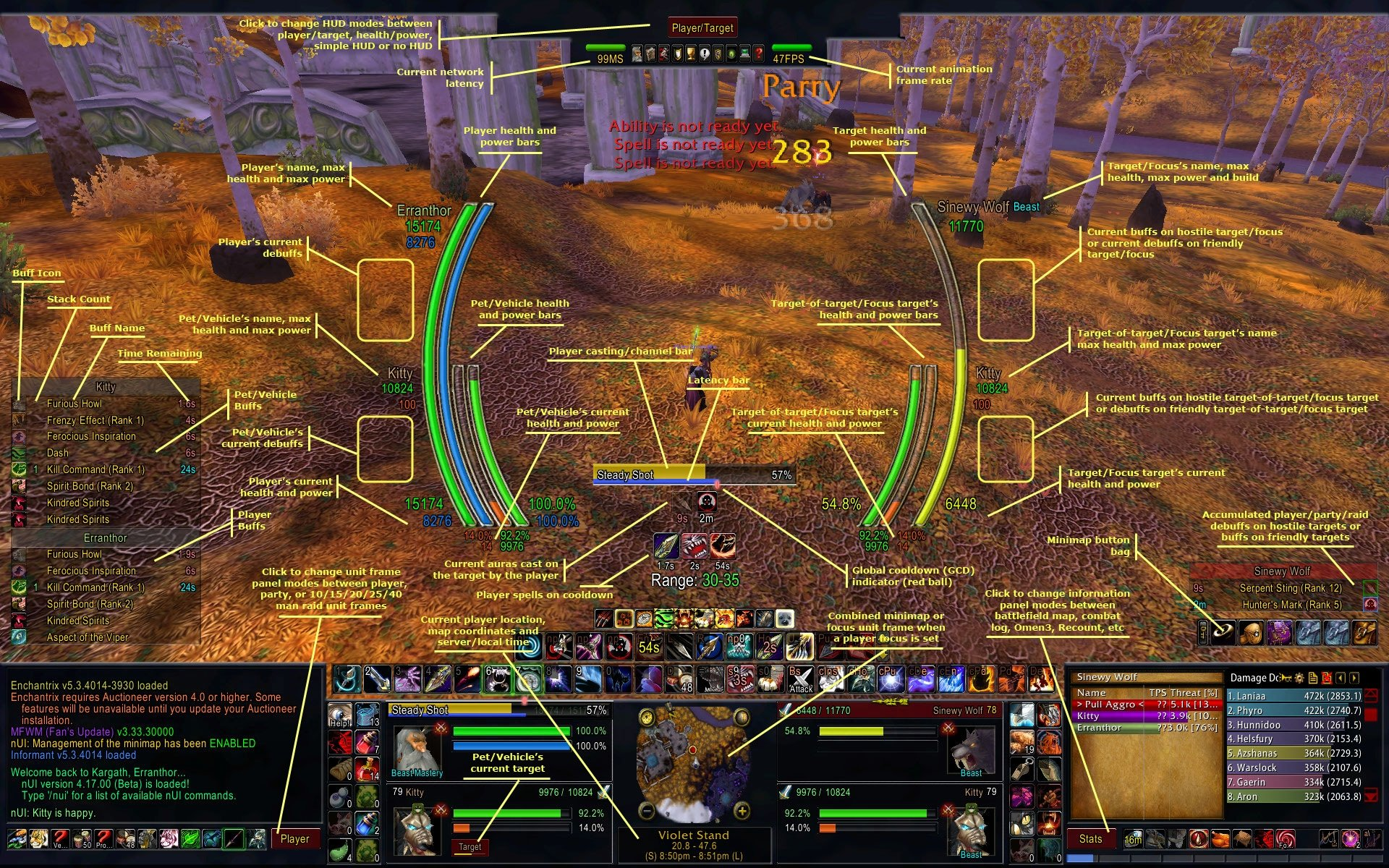
Navigating the UI becomes part of the game. Add-ons are required in most guilds, especially at endgame. Damage meters, raid frames, unit trackers, and alert systems, without them, performance dips hard. The game doesn’t surface this, and players end up digging through forums and Discords just to understand what tools are missing.
Even inventory management becomes a complicated project. Knowing what to keep, what to vendor, what’s soulbound, what’s part of a future quest, what mats are tradeable, and how to store it all cleanly is a skill in itself. The game’s systems build slowly, but they’re not shallow, and they keep piling on.
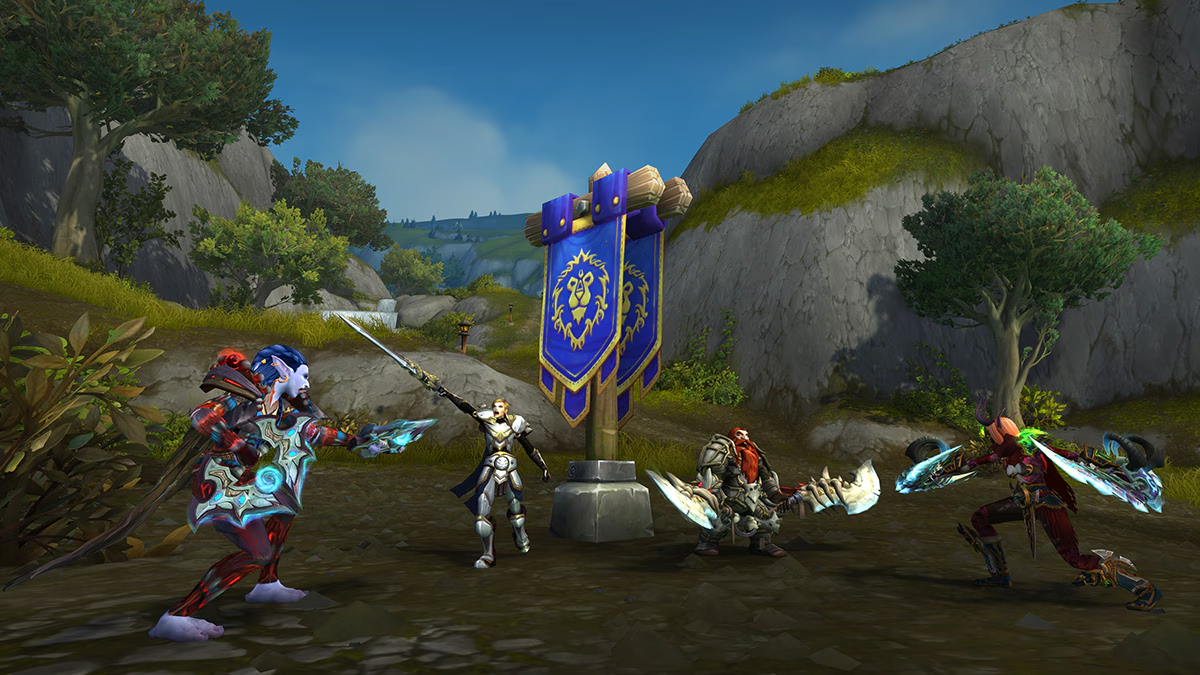
Once you step into Mythic dungeons or organized PvP, the pressure changes. Pugs don’t wait, and there’s little tolerance for missed kicks or botched rotations. The environment rewards players who already understand the pace, the etiquette, and the unspoken rules. Those who fall behind often get dropped mid-run or ghosted after queue.
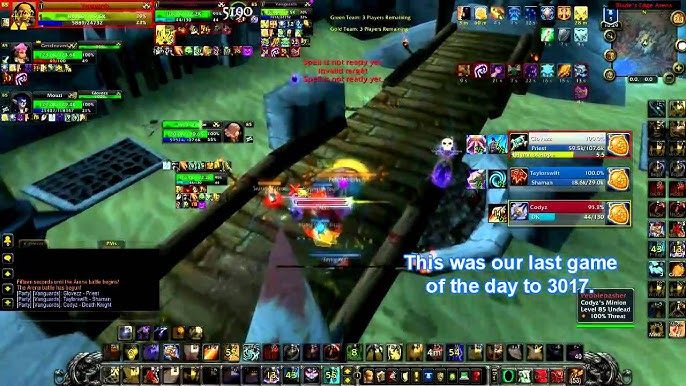
WoW coaching gives structure to what the game leaves scattered. Instead of guessing which build is viable or why a group fell apart, a coach can walk through logs, fix macros, or review mechanics.
That’s how player patterns shift.
Knowledge that might take months to piece together through trial gets delivered directly. For players trying to go from casual leveling to real content, coaching saves more than time. It keeps them in the game.